
The Curtiss JN "Jenny" was a series of biplanes built by the Curtiss Aeroplane Company of Hammondsport, New York, later the Curtiss Aeroplane and Motor Company. Although the Curtiss JN series was originally produced as a training aircraft for the US Army, the "Jenny" continued after World War I as a civilian aircraft, as it became the "backbone of American postwar [civil] aviation".

Glenn Hammond Curtiss was an American aviation and motorcycling pioneer, and a founder of the U.S. aircraft industry. He began his career as a bicycle racer and builder before moving on to motorcycles. As early as 1904, he began to manufacture engines for airships. In 1908, Curtiss joined the Aerial Experiment Association, a pioneering research group, founded by Alexander Graham Bell at Beinn Bhreagh, Nova Scotia, to build flying machines.

Curtiss Aeroplane and Motor Company was an American aircraft manufacturer originally founded by Glenn Hammond Curtiss and Augustus Moore Herring in Hammondsport, New York. After significant commercial success in its first decades, it merged with the Wright Aeronautical to form Curtiss-Wright Corporation.

Wright Aeronautical (1919–1929) was an American aircraft manufacturer headquartered in Paterson, New Jersey. It was the successor corporation to Wright-Martin. It built aircraft and was a supplier of aircraft engines to other builders in the golden age of aviation. Wright engines were used by Amelia Earhart and Charles Lindbergh. In 1929, the company merged with Curtiss Aeroplane and Motor Corporation to form Curtiss-Wright.

John Henry Towers CBE was a highly decorated United States Navy four-star admiral and pioneer naval aviator. He made important contributions to the technical and organizational development of naval aviation from its beginnings, eventually serving as Chief of the Bureau of Aeronautics (1939–1942). He commanded carrier task forces during World War II, and retired in December 1947. He and Marc Mitscher were the only early Naval Aviation pioneers to survive the hazards of early flight to remain with naval aviation throughout their careers. Towers spent his last years supporting aeronautical research and advising the aviation industry.

Roosevelt Field is a former airport, located in Westbury, Long Island, New York. Originally called the Hempstead Plains Aerodrome, or sometimes Hempstead Plains field or the Garden City Aerodrome, it was a training field for the Air Service, United States Army during World War I.

Walter Robertson Taliaferro was a pioneer aviator in the U.S. Army who died in a flying accident. After his first and last "loop the loop" in a Curtiss tractor biplane, the plane suddenly dove into San Diego Bay, killing him instantly.

Thomas Scott Baldwin was a pioneer balloonist and U.S. Army major during World War I. He was the first American to descend from a balloon by parachute.
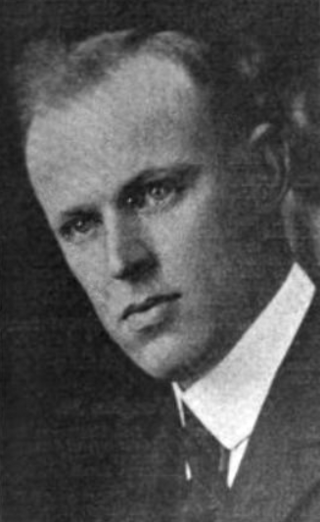
Morris Maxey Titterington was a pioneering aviator, and engineer.

Rockwell Field is a former United States Army Air Corps (USAAC) military airfield, located 1.1 miles northwest of the city of Coronado, California, on the northern part of the Coronado Peninsula across the bay from San Diego, California.

The Aeronautical Division, Signal Corps (1907–1914) was the first heavier-than-air military aviation organization in history and the progenitor of the United States Air Force. A component of the U.S. Army Signal Corps, the Aeronautical Division procured the first powered military aircraft in 1909, created schools to train its aviators, and initiated a rating system for pilot qualifications. It organized and deployed the first permanent American aviation unit, the 1st Aero Squadron, in 1913. The Aeronautical Division trained 51 officers and 2 enlisted men as pilots, and incurred 13 fatalities in air crashes. During this period, the Aeronautical Division had 29 factory-built aircraft in its inventory, built a 30th from spare parts, and leased a civilian airplane for a short period in 1911.

Colonel William Charles Ocker was an American aviation pioneer. He was known as the "Father of Instrument Flying".

Mary Anita "Neta" Snook Southern was a pioneer aviator who achieved a long list of firsts. She was the first woman aviator in Iowa, first woman student accepted at the Curtiss Flying School in Virginia, first woman aviator to run her own aviation business and first woman to run a commercial airfield. Yet "Snooky", as her friends called her, was fated to be remembered for her relationship to Amelia Earhart. Her autobiography I Taught Amelia to Fly captures the essence of her fame and she is linked to Earhart, as her first instructor.
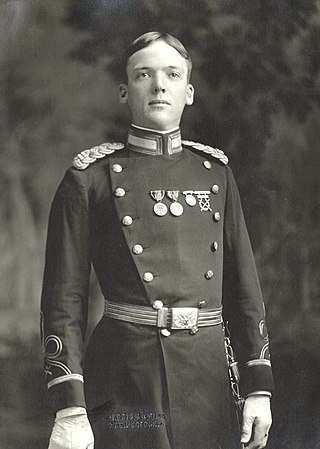
Paul Ward Beck was an officer in the United States Army, an aviation pioneer, and one of the first military pilots. Although a career Infantry officer, Beck twice was part of the first aviation services of the U.S. Army, as de facto head of the flying section of the Aeronautical Division, U.S. Signal Corps in 1911 and as a senior officer of the Air Service in 1920–1922. He is generally credited as being the first military officer to advocate an air force for the United States separate from the control of other branches of the Army.
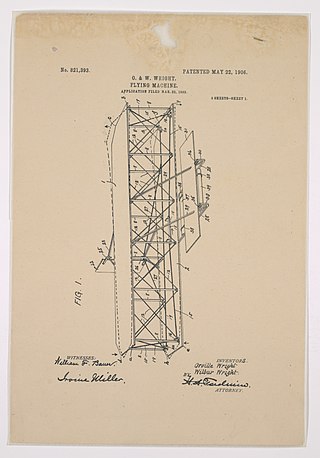
The Wright brothers patent war centers on the patent that the Wright brothers received for their method of airplane flight control. They were two Americans who are widely credited with inventing and building the world's first flyable airplane and making the first controlled, powered, and sustained heavier-than-air human flight on December 17, 1903.
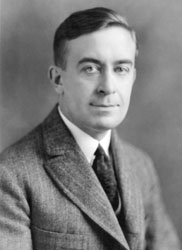
Alfred Victor Verville was an American aviation pioneer and aircraft designer who contributed to civilian and military aviation. During his forty-seven years in the aviation industry, he was responsible for the design and development of nearly twenty commercial and military airplanes. Verville is known for designing flying boats, military racing airplanes, and a series of commercial cabin airplanes. His planes were awarded with the Pulitzer Speed Classic Trophy in 1920 and 1924.

Maryland's first aeronautical event was the flight of 13-year-old Edward Warren from Baltimore in Peter Carne's tethered hot air balloon in 1784.

George Edward Maurice Kelly was the 12th pilot of the U.S. Army's Aeronautical Division, U.S. Signal Corps and the first member of the U.S. military killed in the crash of an airplane he was piloting. He was the second U.S. Army aviation fatality, preceded by Lieutenant Thomas Selfridge, who was killed while flying as an observer in a Wright Flyer piloted by Orville Wright on 17 September 1908.
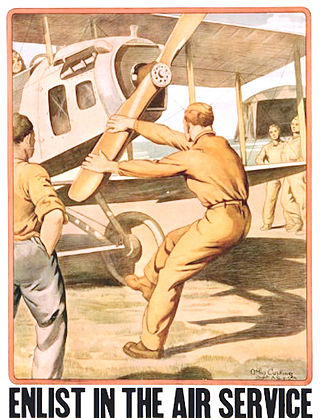
With the purchase of its first airplane, built and successfully flown by Orville and Wilbur Wright, in 1909 the United States Army began the training of flight personnel. This article describes the training provided in those early years, though World War I, and the immediate years after the war until the establishment of the United States Army Air Corps Flight Training Center in San Antonio, Texas during 1926.

David Hugh McCulloch was an early American aviator who worked with Glenn Curtiss from 1912. Curtiss was a contemporary and competitor to the Wright brothers, Wilbur and Orville, who had made the first flights at Kitty Hawk in 1903. Curtiss won the world's first air race at Reims in France in August 1909, and was now becoming the driving force in American aviation. McCulloch's early work with Curtiss consisted of demonstrating, training and selling Curtiss planes and participating in early developments of flight. He trained the First Yale Unit, and in two consecutive days in 1917, he and several of his pupils from the First Yale Unit made flights that convinced the Navy to bring aircraft aboard ships. Later, McCulloch was co-pilot with Holden C. Richardson and flight commander John Henry Towers of the NC-3, the leader of the three Navy flying boats making the first flight across the Atlantic Ocean.





















